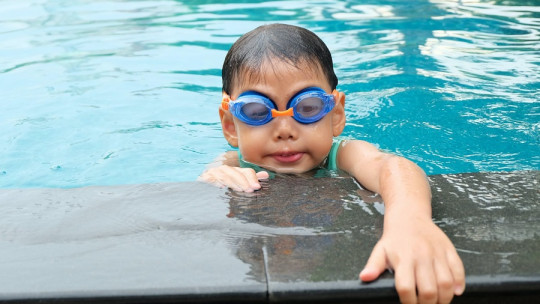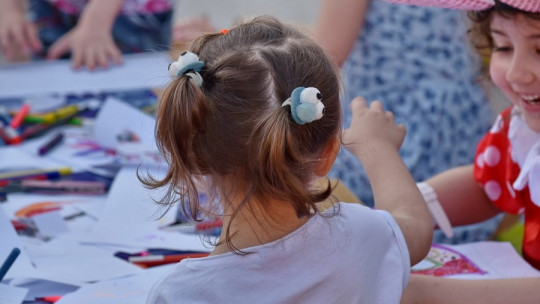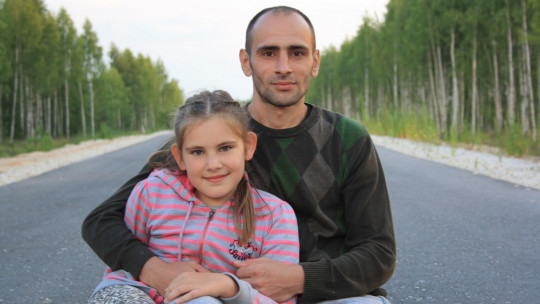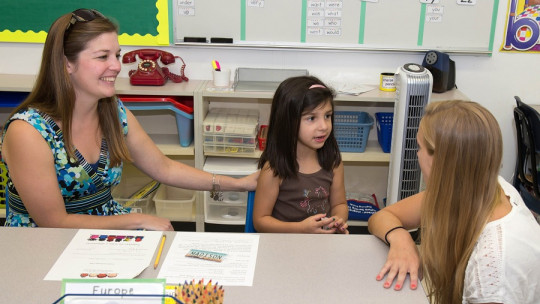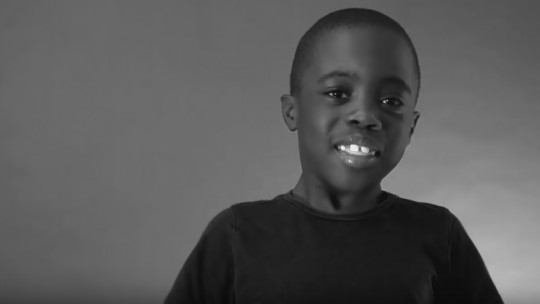
The majority of children with Attention deficit disorder and hyperactivity or ADHD manifest incongruent behavior: they are intelligent and astute, but their performance in the classroom is poor, they show disinterest, they do not remain in a physical listening position, and they even develop undisciplined and challenging attitudes.
In the following interview, Mireia Garibaldi, psychologist and psychopedagogist who collaborates with the Institute of Psychological and Psychiatric Assistance Mensalus, presents us with an interesting video about the problems surrounding children with ADHD in classrooms. An emotional project that, we hope, opens a reflection on the necessary psychopedagogical tools.
Before reading the article, you can watch the video below:
What is the relationship between ADHD and emotional management?
Children with ADHD (Attention Deficit Hyperactivity Disorder) have significant difficulties self-regulating and managing their emotions. Something that is not easy for most at first is especially costly for them. To be more exact, one of the complicated tasks is the ability to internalize and reserve emotions. For this reason, children with ADHD sometimes express their feelings in an intense and uncontrolled way. What do others end up seeing? Immature behavior (“he is always clowning”), inappropriate, changeable and even annoying (the externalization of the emotion lasts longer than in the rest of the same). It is difficult for the adult to understand that this behavior comes, among other factors, from the difficulty in emotional management, which is why the common outcome in the classroom is repetitive punishment: sanctions that label the child and place him in a highly defensive framework.
What is the most common emotion among children with ADHD?
When efforts are in vain, the result is a sea of frustration. With this, self-concept can be seriously affected. The video that we present today precisely vindicates the importance of “not pointing out” the child with ADHD. In your development and maturation process, it is crucial to avoid actions that make you feel constantly judged. If all the fingers are pointing at you daily, you may grow from an anxious and insecure base, and end up forming a very deteriorated self-concept that results in low self-esteem.
You were talking to us about a defensive framework in which the child locks himself up.
TRUE. A defensive framework resulting from the fear of being hurt again. It is common for the child to challenge the authority figure and express himself in an irreverent way. As we said, when this happens, punishment is the main tool (“get out of class”, “today you are left without a playground”) and again the child is discriminated against and classified as “the bad one.” The consequence? Frustration reaches unsuspected levels and its management becomes a “mission impossible.”
What can happen then?
Before assuming a new failure, one of the most used strategies is lying (for example, lying to justify that you have not done your homework). Likewise, it is common for the outcome of difficult emotional self-management to be behavior full of anger and irritability that is visible physically (kicking, jumping, grimacing, etc.) and verbally (bad responses to the teacher’s directives). The child with ADHD is very dependent on the environment. The self-regulation of his emotions and behavior responds more to the stimuli he receives than to his own thoughts (something that, to begin with, is already common in infants). Be that as it may, the difficulty of doing introspection work and paying attention to one’s own thoughts distances one from tools such as analyzing events, reflecting and setting goals. For this reason, it is essential to help the little one.
How can we help the child with ADHD?
Through the use of more attractive and visual strategies that promote emotional expression and collaborate in said internalization. When the child manages to understand what is happening to him, that is when he takes the first step towards emotional self-regulation. Training the child in this sense is essential since, otherwise, she can enter a spiral of sadness and negativity that distances her, not only from academic objectives, but also from the context of friends and colleagues.
On the other hand, children with ADHD have significant difficulty motivating themselves. They have serious problems when starting the prescribed tasks and sustaining the activity until its completion. This difficulty is accompanied by a high need to be gratified in the short term (mainly after tasks that are not particularly attractive and that do not generate an instant reward). Returning recognition to the child makes it easier for them to remain connected to the context (for example, a game, a sports activity, a math exercise, etc.)
From Psychopedagogy we advise parents and teachers to establish a recognition system through positive messages. The lack of internal motivation is the main driver of the lack of objectives and the self-discipline to achieve them.
That being said, what message could we take away today?
As the video shows, it is important for children with ADHD to perceive social approval from their immediate environment through gratifying messages, words that bring them closer to others and not label them as disinterested or other derogatory labels that diminish their sense of ability. They depend emotionally on positive recognition and, of course, they need us adults to make their job easier.
Understanding the child with ADHD is the way so that he can do it too.



